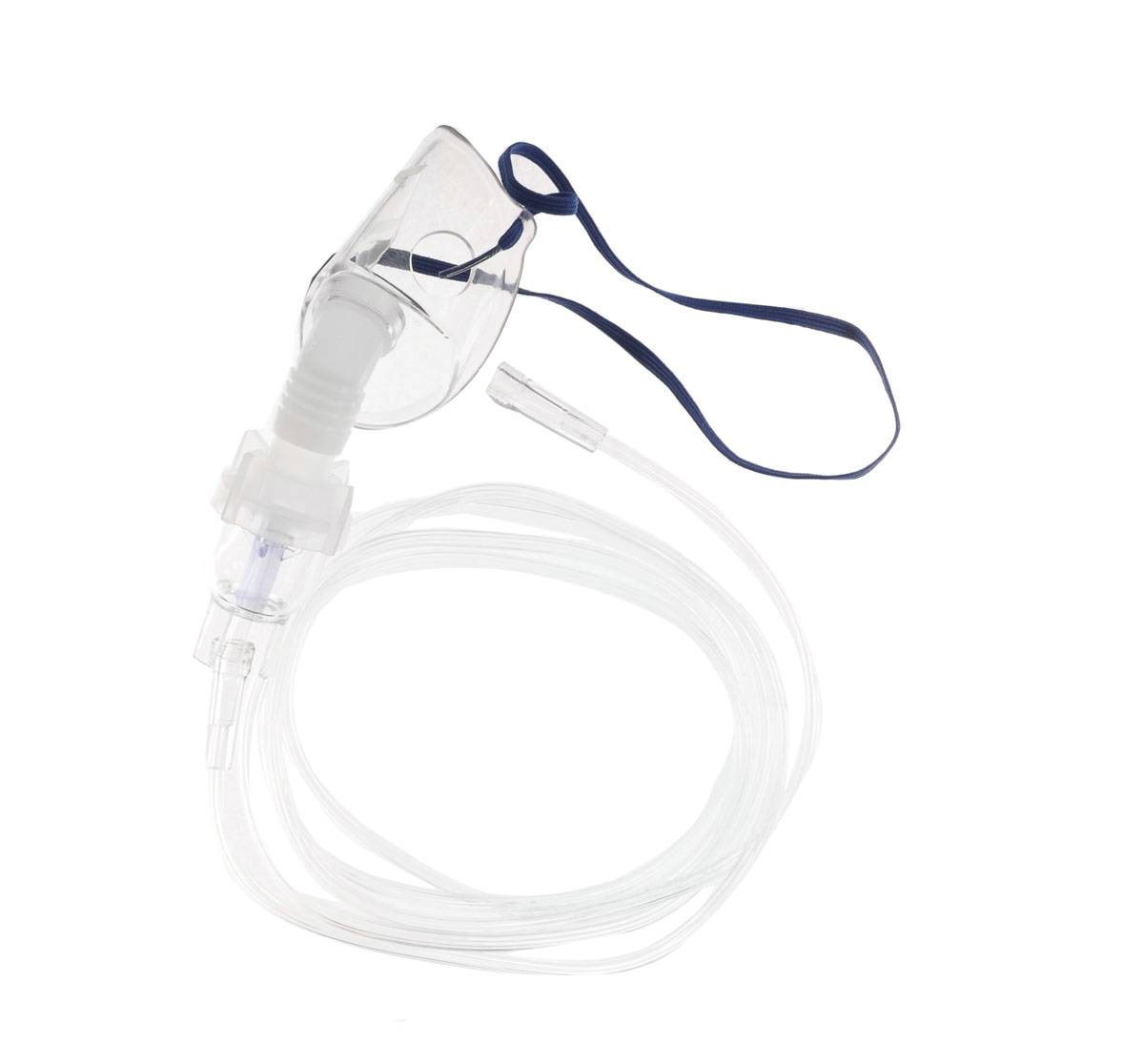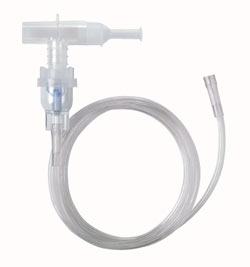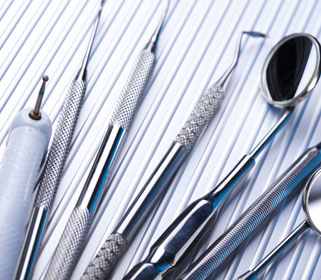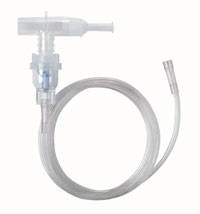Home » Home Health Care Products & Supplies » Nebulizer Treatments and Side Effects » Nebulizer Treatments and Side Effects
Nebulizer Treatments and Side Effects

Nebulizer, Pediatric Mask, 7ft Tubing
Retail Price: $192.17
Your Price: $116.50
 Unit: 50/case
Unit: 50/case

Nebulizer, T Mouthpiece, 7ft Tubing, Side Stream
Retail Price: $183.50
Your Price: $130.47
 Unit: 50/case
Unit: 50/case
Many patients are prescribed a nebulizers to administer their respiratory medications. The purpose of these is to turn the medicine into a breathable mist, which the patient then inhales passively for ten to twenty minutes. This extended, daily treatment method can be inconvenient for some patients, but there are many times when a nebulizers is the only method which the patient can receive the full dosage of his inhaled medication.
Nebulizers are most often used in hospital settings, or for the very old or very young. Both elderly and infants are many times unable to use other types of inhalers. These machines are not a drugs, but it is a method of administering drugs. It takes a high concentration of the medication and creates an aerosol mist that can be inhaled. This differs from other inhalers which often use less of the drug, but require more interactivity from the patient. By needing more medication in the unit, there is an increase in the side effects possible from the drugs themselves. These vary from patient to patient, since some use these machines to control COPD while others use them for asthma.
For any respiratory ailment, treatment begins with maintenance. Nebulizers act as the deliver means for maintenance of breathing problems. They are not designed to alleviate acute symptoms such as asthma attacks which might arise. To lessen the likelihood of acute attacks, maintenance medications, usually inhaled corticosteroids, must be taken in their full dosage daily. For patients who are unable to use other inhalers, the quiet breathing of a nebulizer is preferred.
As with any treatment regime, there are side effects. The effects of the drugs will vary depending upon the prescription, and the patient should be offered full disclosure of any affects of the drugs themselves. Nebulizers too have side effects with their use. Since the medication is vaporized, a higher dose in the machine is required to ensure that the patient is receiving the full benefits. This increases slightly potential side effects or overdosing from the treatment medicine. Some patients also find that the vapor mist can be irritating to their mouth, nose, and throat. Switching to a jet nebulizer might help to alleviate this problem.
Use of a nebulizer can help the patient to live a fuller life by giving him his daily regime of asthma or COPD maintenance medication. The benefits of use must always outweigh the side effects risks for any treatment to be viable. Both the physician and patient should consider the best method for the daily use of the needed respiratory drugs to keep symptoms at bay, and to allow the patient to breath easier.















